JAJSI45 October 2019 THVD1520
PRODUCTION DATA.
6.9 Typical Characteristics
VCC = 5 V, TA = 250C (unless otherwise noted)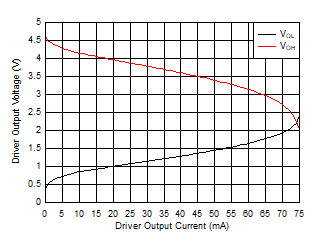 Figure 1. Driver Output Voltage vs Driver Output Current
Figure 1. Driver Output Voltage vs Driver Output Current 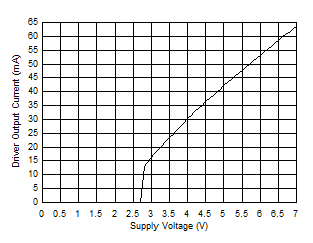 Figure 3. Driver Output Current vs Supply Voltage
Figure 3. Driver Output Current vs Supply Voltage 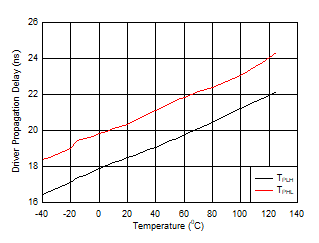 Figure 5. Driver Propagation Delay vs Temperature
Figure 5. Driver Propagation Delay vs Temperature 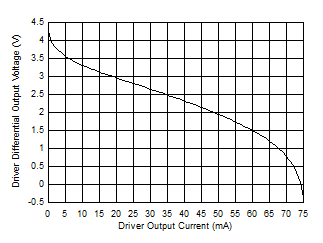 Figure 2. Driver Differential Output Voltage vs Driver Output Current
Figure 2. Driver Differential Output Voltage vs Driver Output Current 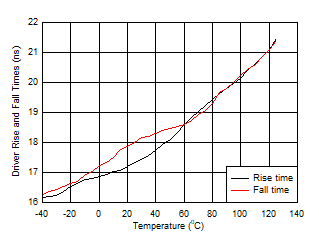 Figure 4. Driver Rise or Fall Time vs Temperature
Figure 4. Driver Rise or Fall Time vs Temperature 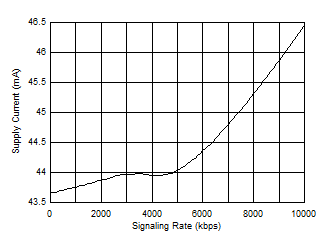
| 50% duty cycle square-wave | RL = 54 Ω | CL = 50 pF | DE = VCC, RE = GND |